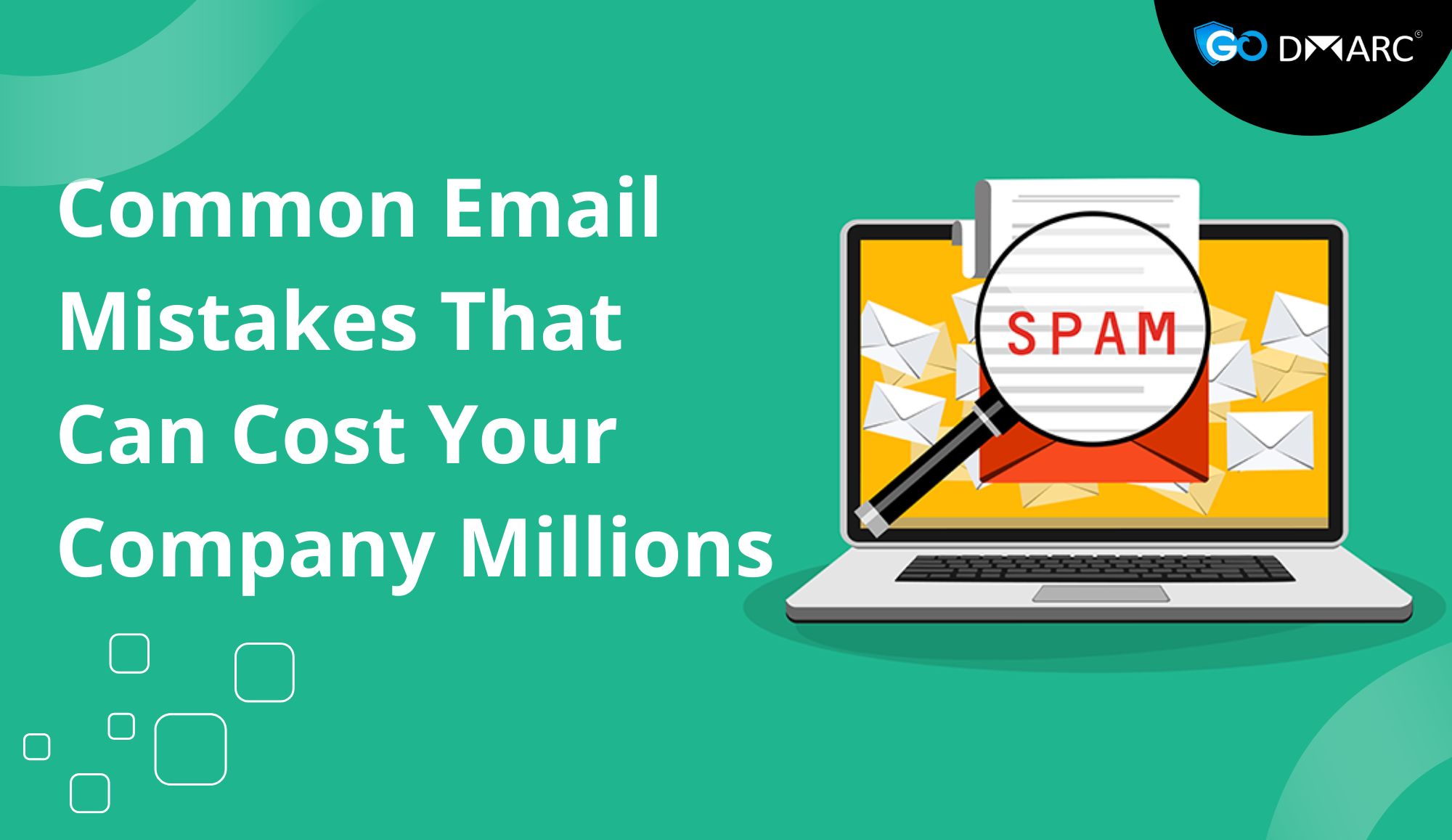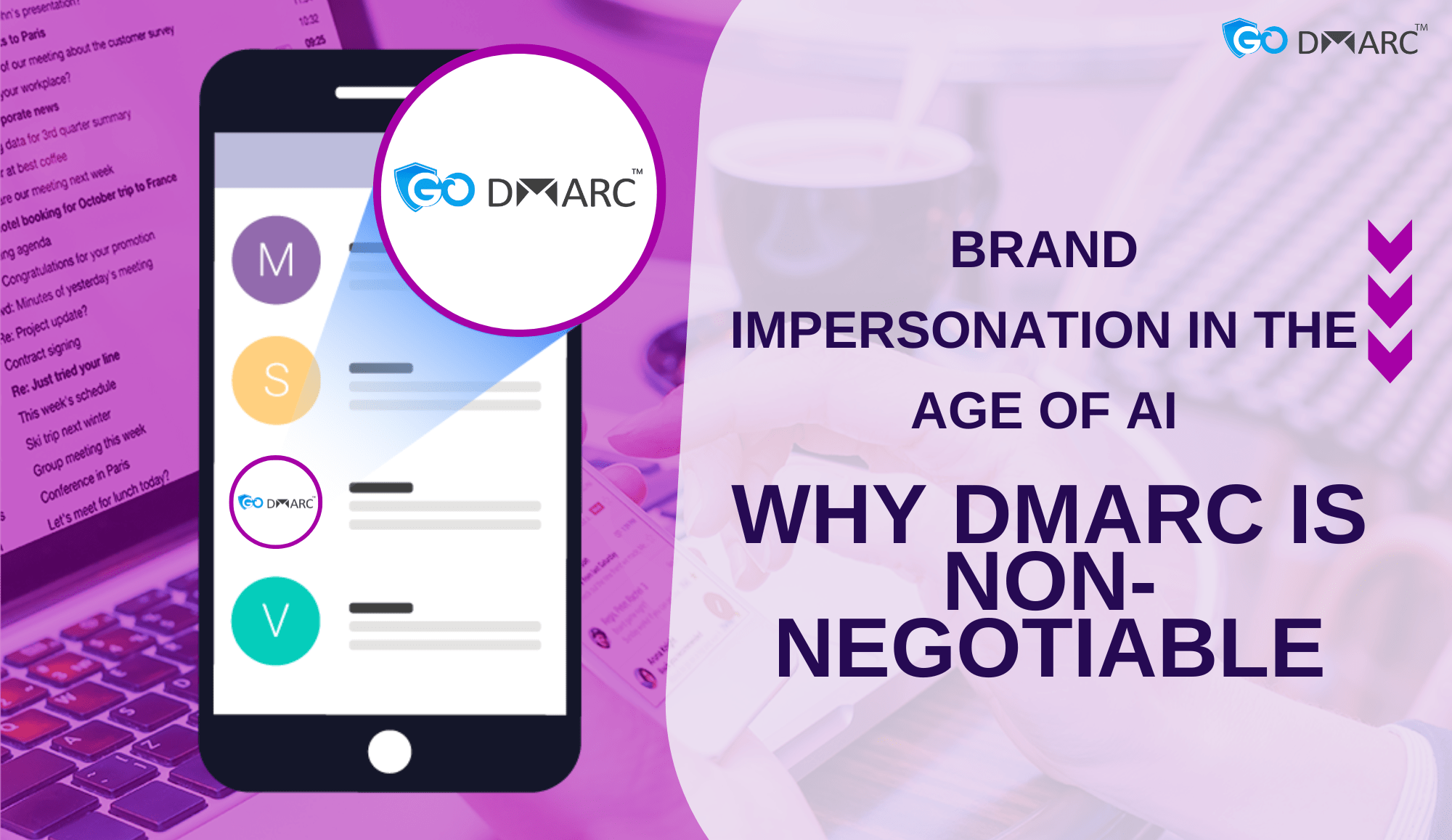Introduction
In today’s digital world, email security is one of the most critical aspects of cybersecurity. Organizations and individuals rely on email for communication, but it remains a primary target for cybercriminals. Phishing, spoofing, and email fraud have become increasingly sophisticated, making it essential for businesses to implement strong security measures.
One such security measure is DMARC (Domain-based Message Authentication, Reporting, and Conformance), a protocol designed to authenticate emails and prevent unauthorized use of domain names. DMARC compliance ensures that an organization’s email-sending domain is secure, reducing the risk of phishing attacks and email fraud.
In this blog, we will explore the importance of DMARC compliance, its role in email security, and how businesses can effectively implement and maintain it.
Understanding DMARC
What is DMARC?
DMARC (Domain-based Message Authentication, Reporting, and Conformance) is an email authentication protocol that helps prevent email spoofing and phishing attacks. It builds upon two existing email authentication methods:
- SPF (Sender Policy Framework): Specifies which mail servers are authorized to send emails on behalf of a domain.
- DKIM (DomainKeys Identified Mail): Uses cryptographic signatures to verify that an email has not been altered during transmission.
DMARC works by allowing domain owners to publish policies in their Domain Name System (DNS) records, specifying how email receivers should handle messages that fail authentication checks.
How DMARC Works
- Authentication Check: When an email is sent, the receiving mail server checks if the email passes SPF and DKIM authentication.
- Policy Enforcement: If authentication fails, the email is either delivered, quarantined, or rejected based on the domain owner’s DMARC policy.
- Reporting and Monitoring: The domain owner receives reports about email activity, providing insights into who is sending emails on their behalf.
A DMARC Lookup tool can be used to check the DMARC records of a domain and verify its compliance.
The Importance of DMARC Compliance
1. Prevents Email Spoofing and Phishing
Email spoofing occurs when cybercriminals forge an email’s sender address to appear as if it is coming from a trusted source. This is commonly used in phishing attacks to trick recipients into sharing sensitive information.
By implementing DMARC, organizations can prevent unauthorized senders from using their domain, reducing the risk of phishing attacks. A properly configured DMARC policy ensures that only legitimate emails are delivered to recipients.
2. Protects Brand Reputation
A compromised email domain can damage a company’s reputation. If cybercriminals use an organization’s domain for phishing scams, customers may lose trust in the brand. DMARC compliance helps protect brand identity by preventing attackers from impersonating the company’s email domain.
3. Improves Email Deliverability
Emails sent from a domain with proper authentication are more likely to reach recipients’ inboxes. Many email service providers, such as Gmail, Yahoo, and Microsoft, prioritize emails that pass DMARC authentication. This improves email deliverability and ensures that important messages are not marked as spam.
4. Enhances Visibility and Control
With DMARC compliance, domain owners receive reports detailing email authentication results. These reports help organizations:
- Identify unauthorized senders using their domain
- Detect email security vulnerabilities
- Gain insights into email traffic patterns
A DMARC Lookup tool can assist businesses in analyzing their DMARC reports and ensuring proper configuration.
5. Compliance with Security Regulations
Many industries and government organizations require DMARC compliance as part of their cybersecurity regulations. Implementing DMARC helps businesses meet these security standards and avoid potential penalties.
How to Achieve DMARC Compliance
Step 1: Implement SPF and DKIM
Before configuring DMARC, ensure that SPF and DKIM are properly set up:
- SPF: Publish an SPF record in the DNS specifying which mail servers are authorized to send emails for your domain.
- DKIM: Generate DKIM keys and add them to your DNS records to enable email signing.
Step 2: Create and Publish a DMARC Record
A DMARC record is a TXT record added to the DNS settings of a domain. The basic format of a DMARC record looks like this:
iniCopyEditv=DMARC1; p=none; rua=mailto:[email protected]; ruf=mailto:[email protected]; fo=1
- v=DMARC1: Specifies the DMARC version.
- p=none: Defines the DMARC policy (none, quarantine, or reject).
- rua=mailto: Email address to receive aggregate reports.
- ruf=mailto: Email address to receive forensic reports.
Step 3: Monitor DMARC Reports
Once the DMARC record is published, monitor the reports sent by receiving mail servers. These reports provide insights into how emails are being authenticated and help identify issues.
Step 4: Enforce a Strict DMARC Policy
After analyzing the reports, gradually enforce a stricter DMARC policy:
- p=none: Only monitor and collect reports (initial phase).
- p=quarantine: Suspicious emails are sent to the spam folder.
- p=reject: Unauthorized emails are rejected outright.
Step 5: Use a DMARC Lookup Tool
A DMARC Lookup tool helps verify if a domain’s DMARC record is correctly configured. This tool provides insights into SPF, DKIM, and DMARC status, ensuring proper implementation.
Common Challenges in DMARC Compliance
1. Misconfigured SPF and DKIM
Incomplete or incorrect SPF and DKIM records can cause legitimate emails to fail authentication. Ensure that all authorized mail servers are included in the SPF record and that DKIM signing is properly set up.
2. Email Forwarding Issues
Emails forwarded through third-party services may fail DMARC checks if authentication details are modified. Implementing ARC (Authenticated Received Chain) can help mitigate this issue.
3. Lack of Monitoring
Without continuous monitoring, organizations may miss critical security threats. Regularly reviewing DMARC reports ensures proper security measures are in place.
4. Slow Policy Implementation
Moving too quickly to a strict DMARC policy (reject) without proper monitoring can lead to legitimate emails being blocked. A phased approach is recommended.
Conclusion
DMARC compliance is essential for email security, protecting organizations from phishing, spoofing, and email fraud. By implementing DMARC along with SPF and DKIM, businesses can safeguard their domains, improve email deliverability, and enhance brand reputation.
Regularly monitoring DMARC reports and using a DMARC Lookup tool ensures that email authentication is properly configured and maintained.
As cyber threats continue to evolve, adopting DMARC is not just an option—it is a necessity for modern businesses. Investing in email security today can prevent costly breaches and ensure a safer communication environment for everyone.




